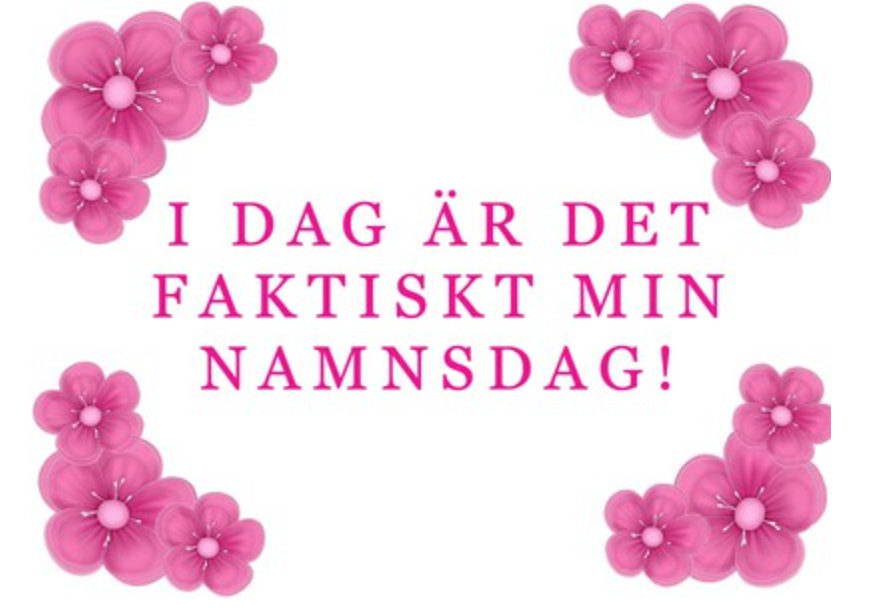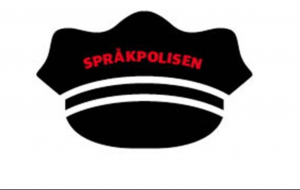What is the Swedish Name Day?
If you have ever seen a Swedish calendar, you will also have seen that each day has names next to it. Usually one or two. What is this all about? This is the tradition of name days. In Swedish, we call it ‘namnsdag’.
Where does the tradition come from?
Apparently, it was traditionally a way to keep track of dates by using names instead of number-based dates (so farmers knew when to plan their crops, among other things). However, we have lost some of these traditions, following several name day reforms.
From the 18th century onwards, they introduced names used by the royal family to Swedish list of name days, followed by other common names. In 1901, a comprehensive modernisation was made to make the list up to date with current names. The list of names will be updated every 15 years. In the year of 2022, seven new names will be added.
How do Swedes celebrate it?
In Sweden today, we sometimes celebrate a person on their name day. You may get them a card, a cake, some other little present, or perhaps just say “Grattis på namnsdagen”. The tradition of celebrating name days came about because of the Christian church tradition (or so the Swedish wikipedia tells us). Apparently, Swedes viewed celebrations of birthdays as pagan and anti-Christian, whereas celebrating the name day was more accepted. This was because it had links to church and baptism.
Here is a list of all Swedish name days in the calendar. Oh, and by the way, the name day for Anneli is 21st of April.







